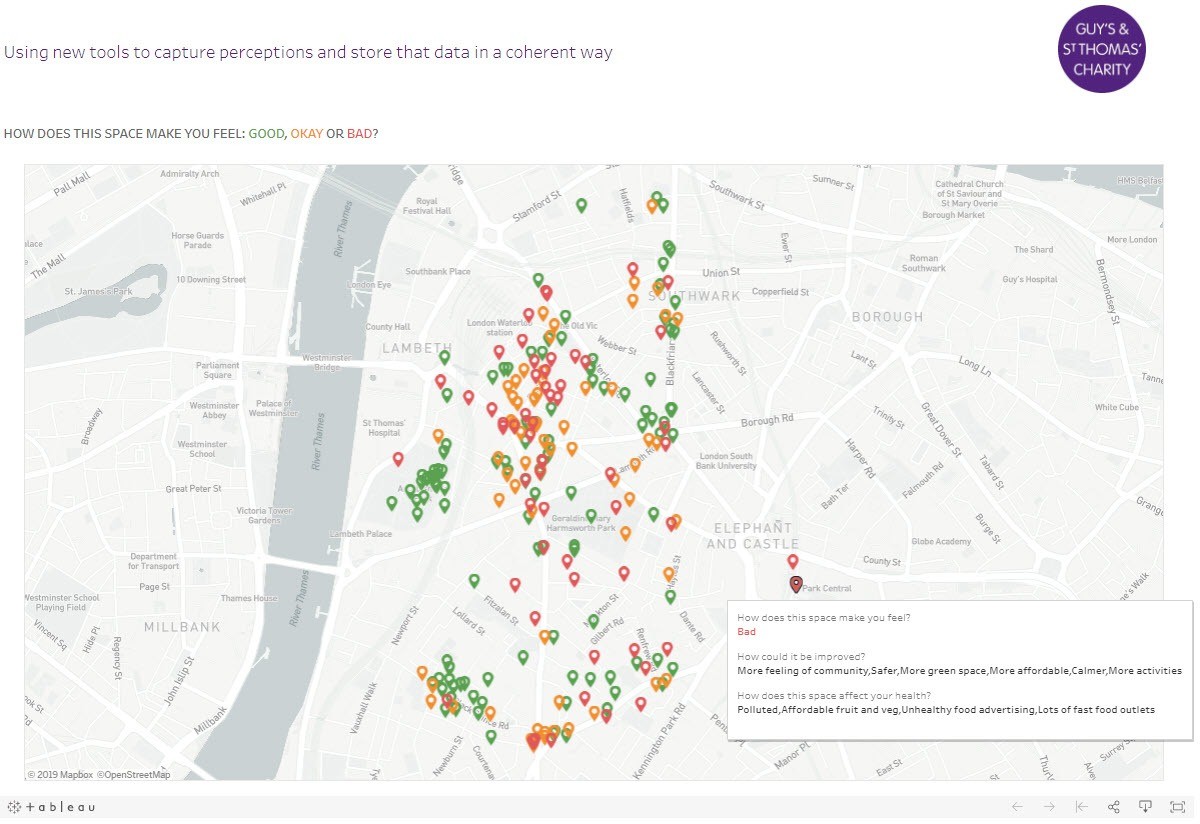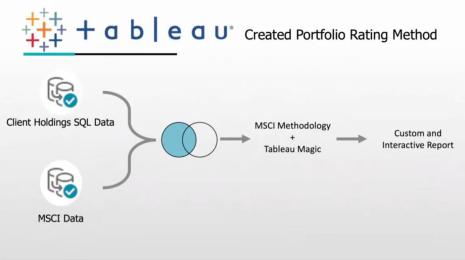Data delivers healthy urban impact
Rob Parker, Head of Data and Analytics at Impact on Urban Health, has an illuminating description of the power of data to help public sector organisations with the complex problems they are tasked with. He says: “Data is the lighthouse, it doesn’t give you the answers, but it tells you where to look.” Parker and the Impact on Urban Health organisation are a research foundation within Guy’s and St Thomas’ Charity, part of the major health trust in the centre of London, UK.
Data becomes the lighthouse
Poor health in urban areas is a major challenge for large cities. Local authorities and health organisations cannot simply throw money at the problem; they need to take a targeted approach that will drastically improve the health of those most in need and, in doing so, benefit the entire community. Impact on Urban Health does just this. The organisation brings data and analytics expertise together to fully understand a community or geography. The data becomes the lighthouse; the health service or public sector body is then able to look for the right answers to the complex problems of society.
One such lighthouse that Impact on Urban Health developed is the use of Tableau to collate and visualise data for the London boroughs of Lambeth and Southwark, which is where the Guys’ and St Thomas’ hospitals provide a full range of care. Parker and his team mapped data on childhood obesity, air pollution and mental health. Visualising the data enabled Impact on Urban Health to discover a clear corridor of 12 neighbourhoods across the two London boroughs with high levels of childhood obesity.

Data allows focused increases in effort and services for communities in need
Lambeth and Southwark are densely populated and feature families that are highly affluent through to those on the breadline. As Parker explains, there is a clear correlation between childhood obesity and income. Public sector and healthcare organisations need to focus their energies on those in most need. Impact on Urban Health’s data visualisation instantly pictured where that effort was required. This data could then be quickly overlaid with information of the schools, charities and public sector bodies operating in those communities, allowing focused increases in effort and services.
What Impact on Urban Health demonstrates, and delivers regularly, is that data, analytics, and visualisation are essential tools that public sector organisations can use and re-use to help those in their communities that need the most support. Impact on Urban Health created an index of the key indicators of the three social problems (air pollution, childhood obesity and mental health), and from that index was able to analyse and pinpoint the 50 most important indicators. These indicators are then used to create a scorecard for an area within the community. Those scorecards went on to help understand vaccine hesitancy following the Covid-19 pandemic lockdowns and by a trust of GP doctors.
Having a trusted source of data to hand is therefore allowing a range of public sector bodies to understand their community with greater depth. This then allows those public sector organisations, as well as their partners, to deliver the right services at the right time.
Accurate delivery of care and services is more important than ever
Like all organisations, Impact on Urban Health has been on its own journey of data maturity. Parker says that embedding his data analysts into the programme teams that are developing solutions to air pollution or mental health has improved results. With data analysts embedded in the programmes, Parker says both parties understand one another better and jointly deliver more precise outcomes.
Impact on Urban Health is an example of when an organisation matures its data culture it can deliver the results stakeholders demand. With the public sector under increased financial strain following the Covid-19 pandemic lockdowns, accurate delivery of care and services is more important than ever. It is only with data and analytics, visually presented to demonstrate findings, that the public sector can be sure to change lives and improve communities.







